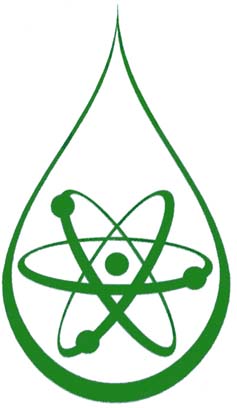 |
Seaman Nuclear Safety
|
 |
|
|
|
Radiation is part of our environment. We are all exposed to radiation each day of our lives. Radiation reaches us from outer space, the rocks around us, even human beings emit tiny amounts of radiation. The government regulates the industrial use of radioactive material so it poses no threat to public safety. Limits have been established for occupational exposure to radiation. Seaman gauge users typically only receive 2% of allowable exposure, which is less than the variation in the normal background levels in different areas of the country. Additional facts can be found in the radiation chapter of the gauge operator's manual. Seaman Nuclear gauges are uniquely safe because they protect users and the environment from hazards. The radioactive source always remains protected within the robust gauge housing.
Safer for backscatter too! The Seaman design eliminates risks associated with other nuclear gauges. The radioactive source always remains sealed and protected inside the gauge. When the handle is raised to carry the gauge, the source is automatically shielded. Other nuclear gauges employ an external shutter at the bottom of the gauge to shield the gamma source. This shield is opened and the source is lowered for backscatter or direct transmission testing. Because the shield mechanism rests against the test surface, dirt and grit are easily drawn into the gauge and can cause the shield to stick open, exposing the user to the unshielded source when the gauge is carried or cleaned. Regulatory agencies and manufacturers instructions warn users of this risk, and these gauges require frequent disassembly, cleaning, and lubricating of the shield mechanism. This procedure requires compressed air, long handled tools, and care to avoid high radiation exposure, because when the shutter is removed for cleaning, the user is working with an unshielded source. These routine risks are avoided with the safe design of the C-300.
|